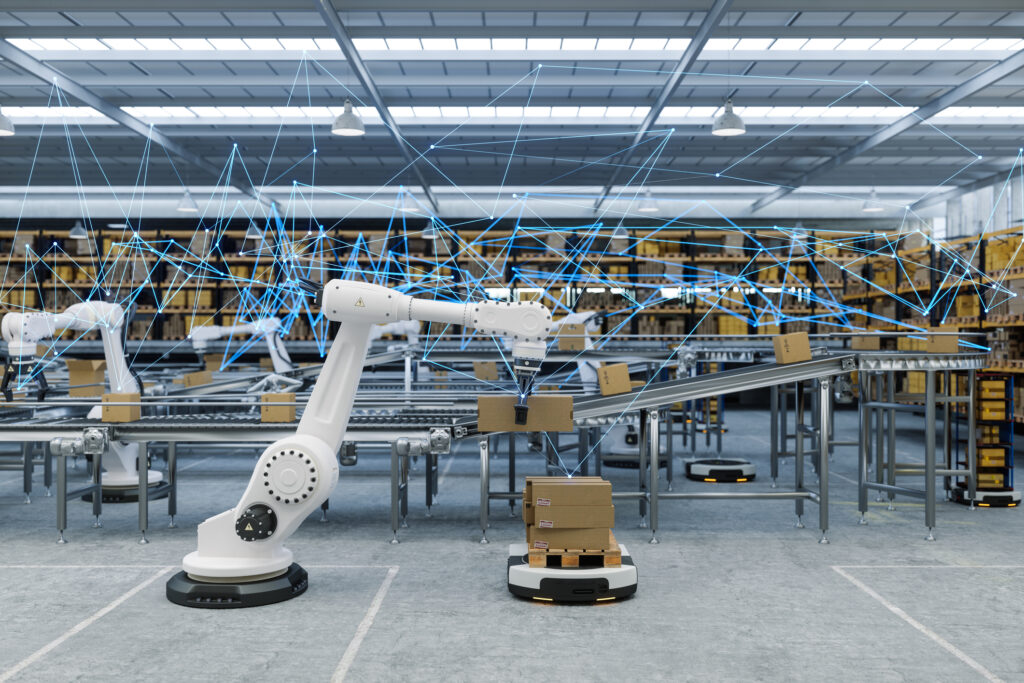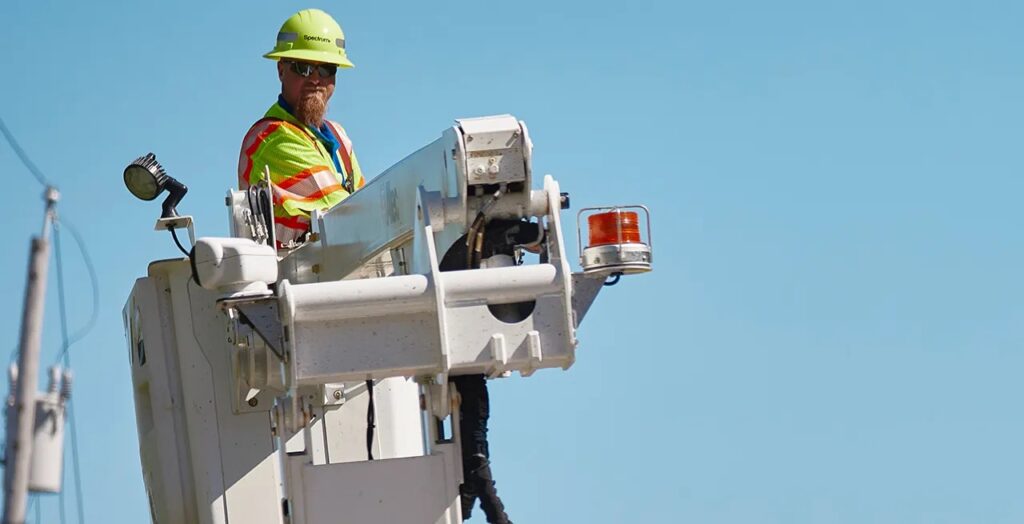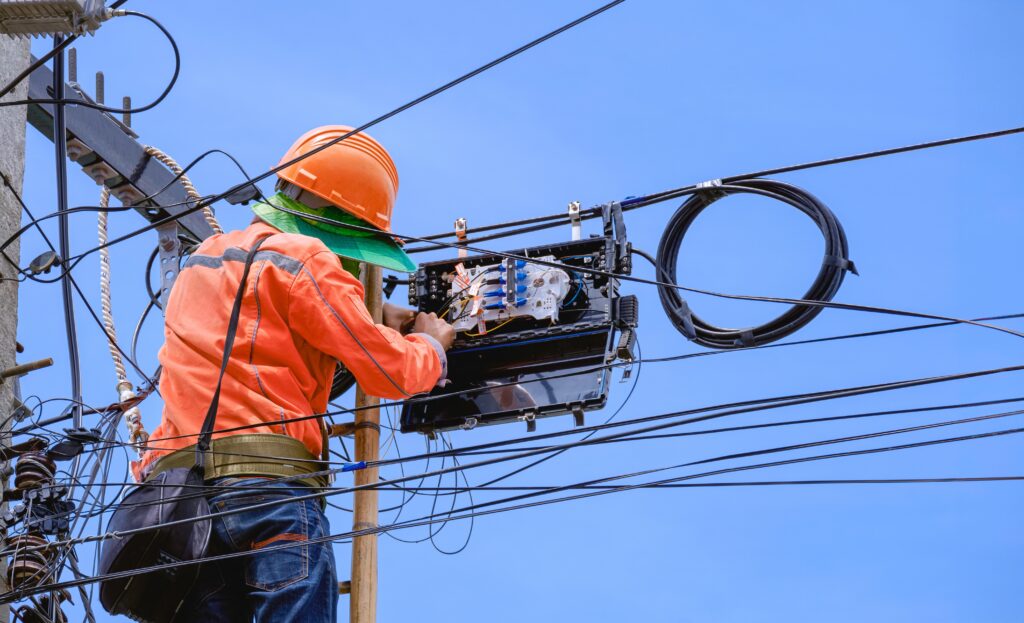In its early days, the web was accessed in homes via a dial-up connection that topped out at 14.4 Kbps – enough speed to download the equivalent of one mp3 song to a single device in a little over an hour. Today, almost every home in America has access to internet speeds well over 100 Mbps. That’s enough to download dozens of mp3 songs, stream multiple 4k movies, surf the web, and chat with friends on numerous devices at the same time. Clearly, America has reached the digital age.
But we are in the early innings of the internet’s expansion. We know that the demands of innovators, entrepreneurs and everyday internet users are growing. Soon we will need an internet connection capable of powering everything from 4K TVs and home VR to the internet of things and long-distance telehealth. To power this future, we will need superfast, low latency networks that are 100 times faster than most of us use today. In other words, we need to transition this country from the megabit era to the gigabit era.
But this transition is more than a physical infrastructure upgrade that will deliver next generation networks. It’s an evolution that has the potential to change how we live, work, learn and play. And that is why NCTA is sharing the story of growth and change that is defining the present and the future of super-fast internet.
It is a story about who’s using gigabit broadband, how they’re getting it, why they’re using it, and what’s coming next. More than just a look at how fast internet can improve business, entertainment, and education, our story features the human relationships that grow once the barriers of distance are broken down. And it highlights how ISPs in hundreds of urban and rural communities are already offering consumers the opportunity to connect to the world with internet so fast it was once thought impossible. It features this video produced in partnership with TED and Miracle Messages:
The internet didn’t happen by accident. It’s the result of decades of research, investment, and planning. Much of that work was focused on making the internet work in the moment. To help it serve as an open platform where existing needs could be addressed and present-day goals accomplished. But today we’re looking farther ahead. We’re dedicated to making sure the internet works for the future – for devices, applications, and experiences we can’t yet imagine.
Visit our website and discover the story of super-fast gigabit internet.
This blog also appeared in CTAM Smartbrief. To sign up, click here.









